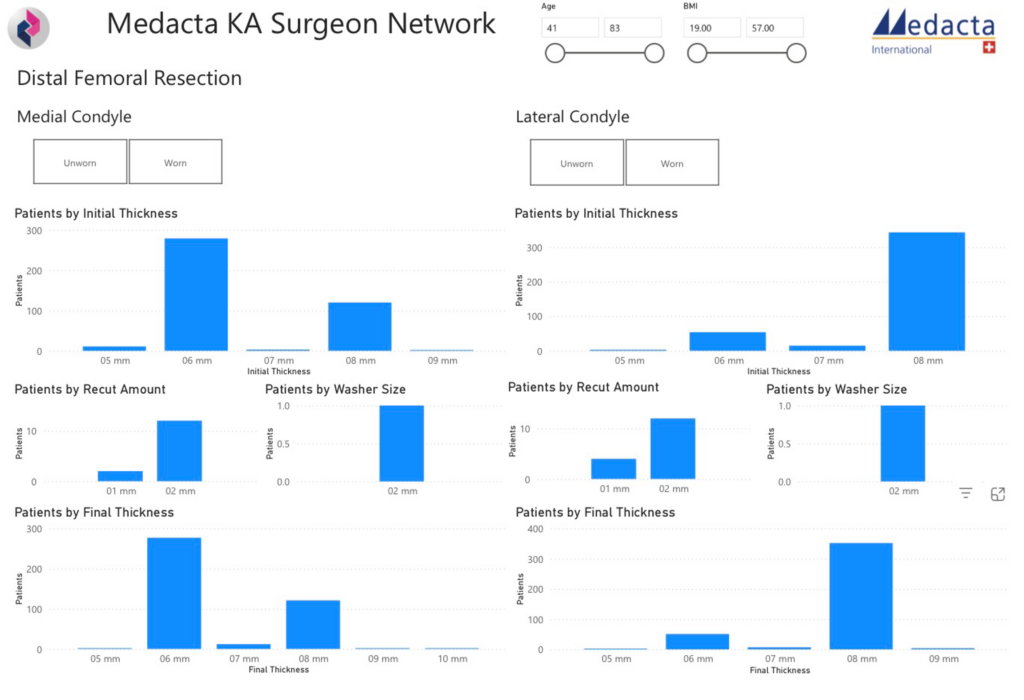Backed by a range of Royal Colleges and professional associations, the Getting It Right First Time (GIRFT) initiative is part of a suite of programmes developed by NHS England. Bringing together powerful data analysis and reviews, it aims to enable healthcare services to improve patient care and pathways across the nation.
Let’s dive in to learn more about its origins, plans, and performance up to this point, as well as looking ahead to its potential future.
GIRFT’s original aims
GIRFT was originally conceived as a pilot methodology for reviewing orthopaedic surgery specialties by Professor Tim Briggs, with its landmark 2015 report coining the term. The research was hosted by the Royal National Orthopaedic Hospital NHS Trust (RNOH) and funded by NHS England. After his team covered more than 140 providers in over 200 hospitals, the subsequent programme (as we know it now) was launched in 2016.
The scheme aims to achieve standardisation for delivering quality patient care across NHS healthcare facilities. Often, clinical practice from site to site can differ greatly, affecting the efficiency of teams, their use of crucial resources, and the level of service they can deliver for patients already experiencing lengthy waiting times for orthopaedic assessments and surgeries.
GIRFT’s greater impact can be felt following the pandemic – a catastrophic incident for patients and NHS staff that faced a battleground each day. Covid-19’s ripple effect has unfortunately seen long physical queues for appointments, but GIRFT’s strategy places staff wellbeing and satisfaction as a high priority, acknowledging the dedication and mental health of key roles at NHS hospitals.
How does it work?
- Making the most of data
To outline any discrepancies in operations across the country, GIRFT gathers and analyses national data in line with the methodology’s own benchmarking framework. Different arms of the NHS can compare their performance data against both regional or national standards; this allows them to gain empirical metric-backed evidence to inform the effectiveness of their clinical practice in adhering to patients.
- Teamwork
Using the combined expertise and support of clinicians and management teams at various NHS trusts, the GIRFT’s recommendations can be put into practice and reiterated to determine the actionable, physical changes to healthcare services beyond the data insights. By encouraging meetings among practitioners, as well as data-gathering exercises and continuous learning, this hopes to rollout more standardised patient pathways no longer marred by diminishing variations. This alliance can contribute to the continual improvement of using GIRFT’s findings to foster better outcomes not just at one institution, but many.
- Strategic plans
Designated ‘enhanced care’ areas have been established to provide flexible support to those requiring post-operative care. The scheme aims to improve patient management for a range of diverse clinical care scenarios, where appropriate and timely intervention can be applied to meet various degrees of clinical needs.
The results (so far)
The flag posts for better pre-operative assessments include reduced repeated testing, the removal of unnecessary face-to-face appointments, and fast-tracking high risk patients that urgently need to be seen by medical professionals. Plus, when resources and staff hours are implemented accordingly for the right tasks, it can have dramatic cost impacts for an NHS that is unfortunately facing financial burden.
Initial findings have seen that, particularly within orthopaedics, hospital trusts that have used GIRST’s assessments have saved outgoings ranging between £20 million to £30 million.
With greater uptake and collaboration involving other specialised trusts, these reductions look set to become more widespread for financial sustainability across the UK. In order to cover more surgical disciplines, GIRFT released 18 additional national documents in 2024 to analyse current procedures, and recommend improvements to deliver quality treatment to NHS patients.
Looking to the future
The environment for effective patient management has certainly improved through the GIRFT programme, and the post-pandemic era serves as a greater opportunity to be ambitious in getting more NHS trusts on board.
The initiative is constantly evolving as surgeries leverage the national data to hand and cross-collaborate to achieve a more effective ecosystem. With uniform pathways, not only can post-operative operations be smoothed for significant cost reduction, but staff and patient satisfaction can be essentially lifted too, revolutionising the running of a stretched NHS.
PRO-MAPP is pleased to have been chosen in GIRFT’s research as a vendor contributing to optimise patient pathways through our Pre-Assessment Clinic Triage product. Discover the full guide here, and chat to us to learn more about our inclusion.



